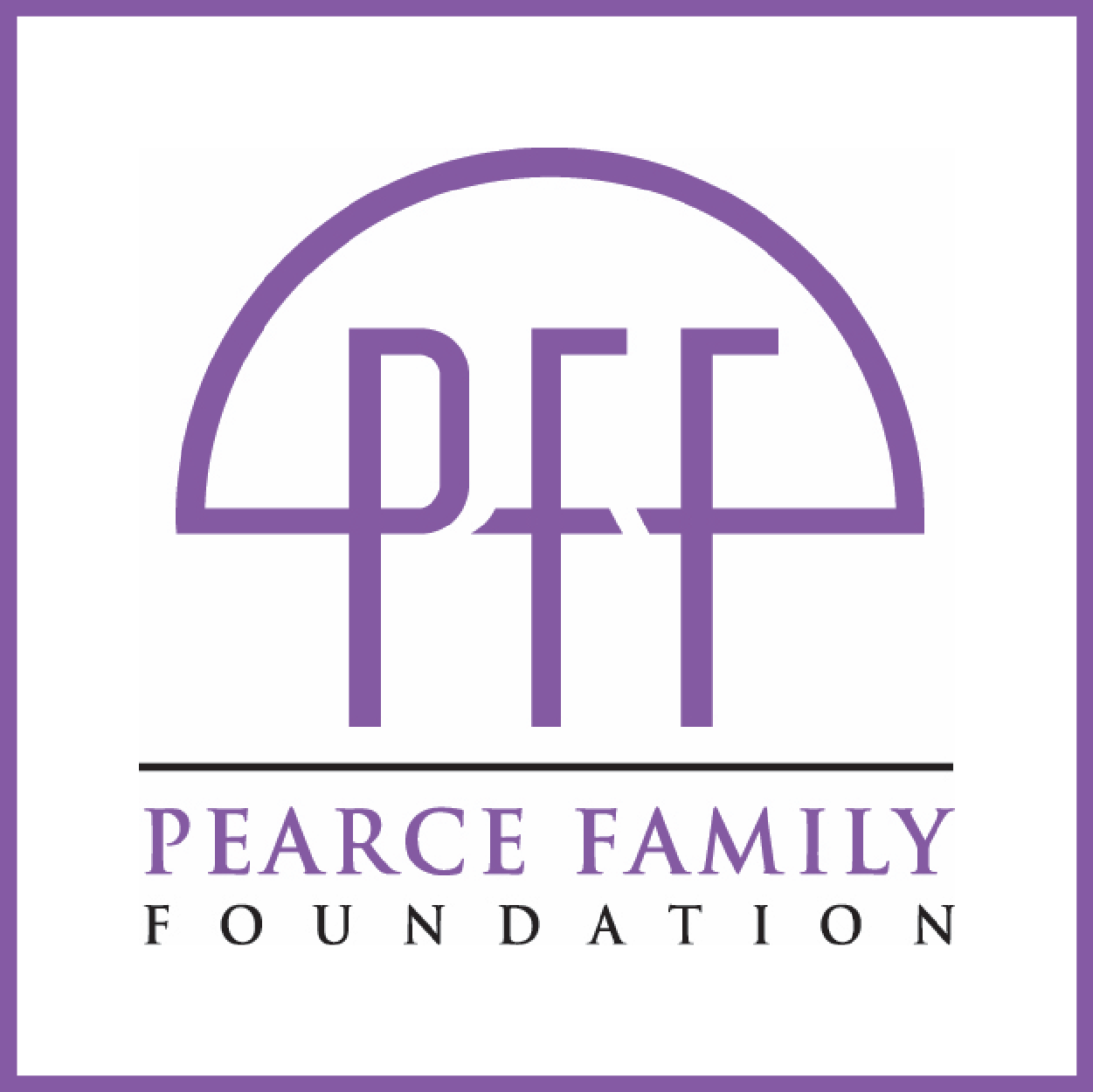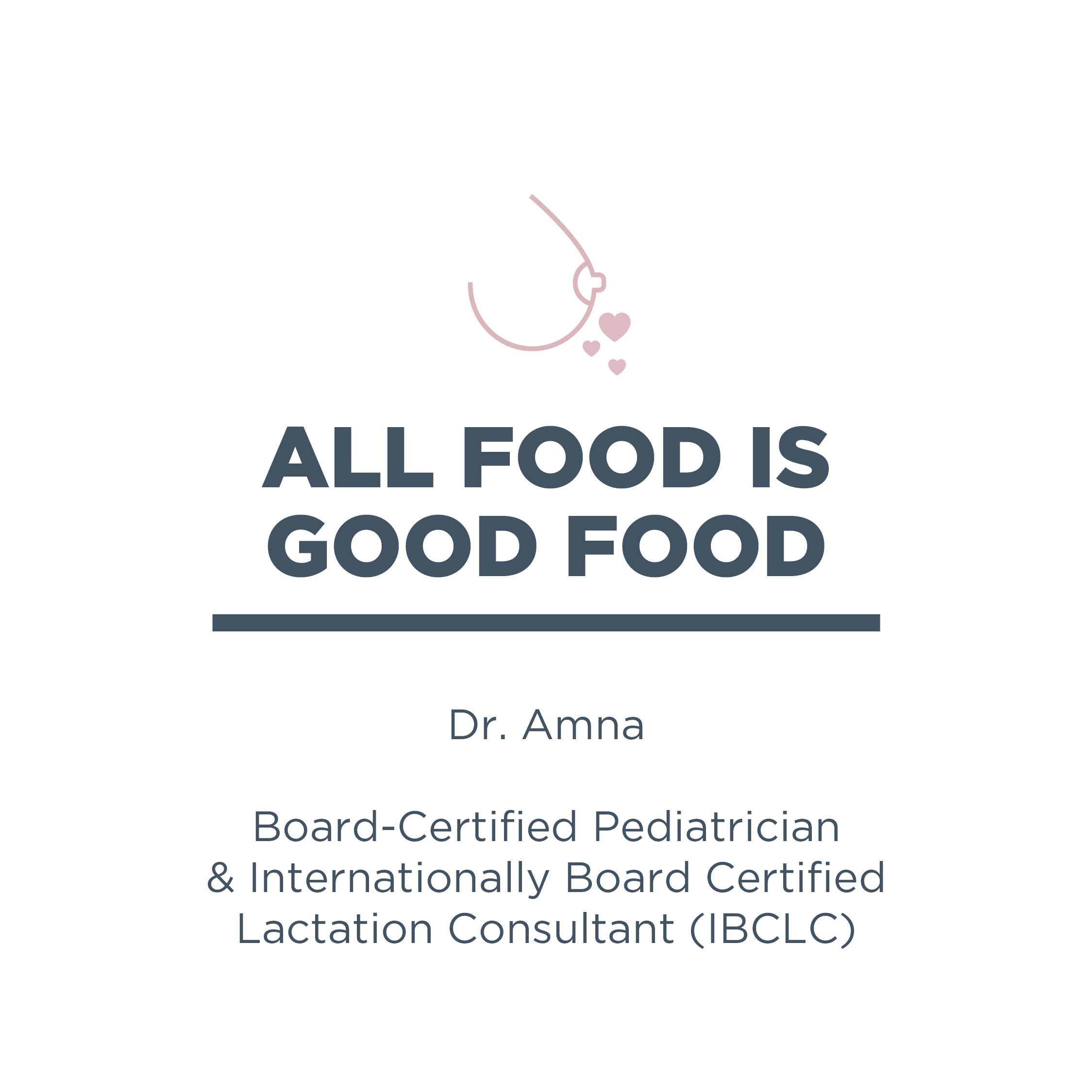 A Conversation with Jennifer Ritchie, IBCLC & Callan, Editor
A Conversation with Jennifer Ritchie, IBCLC & Callan, Editor
Jennifer Ritchie is an Internationally Board-Certified Lactation Consultant (IBCLC) who has spent more than a decade helping countless parents navigate breastfeeding challenges, including latching difficulties, painful nursing, low milk production, inadequate weight gain, and induced lactation.
In part two of our interview series, she and Motherhood Editor Callan, who was nursing her 15-month-old daughter, discuss clogged ducts & mastitis, breastfeeding struggles and the journey, and feeding multiples.
Callan: OK, so clogged ducts. Why do those happen and how can you resolve them?
Jennifer: So, you know when you leave mayonnaise out and it gets kind of hard? Fat can get thick and sticky, and you have between 9 to 19 openings on your nipple. So again, if you think about your breast as a bushel of grapes with all these vines, they all lead to the nipple. If the nipple opening gets clogged, milk can't come out.
And that's considered plug ducts, which would lead into mastitis. This is caused by insufficient milk removal, which happens. It's nothing the mom did. If the mom is sleep training and trying to get her baby to sleep through the night, which is when we make the most milk, that can lead to insufficient milk removal. What it boils down to is a baby should be on the breast eight times every 24 hours. And if the mom can't put the baby on the breast, the mom should be pumping. If you reach that goal of eight times every 24 hours, it shouldn't happen. Though some people are prone to fatty milk and can get clogged ducts often. So, some women are just prone to it. And you make more milk the more kids you have, so a mom could have a great experience breastfeeding her first kid and then her second kid have issues with plugged ducts. And it's because she's making more, and she needs to get it out. Or she may have fattier milk.
Callan: I had, I don't know if it was a plugged duct, but these hard white spots on the end of my nipple.
Jennifer: Yup. That's exactly it. It looks like a like a white head. There's no rhyme or reason to the anatomy, there's ducts that link to certain spots and one spot might necessarily not go to a specific area. But if one of those openings is blocked, that's an entire section of the breast. My recommendation, if a mom has one, especially if she's home, soak your nipple in some warm water. Take a warm shower, and then gently exfoliate the nipple with a wet washcloth or, my favorite thing in the whole world, a sea sponge. They're all-natural, antibacterial, and antifungal and provide a very gentle exfoliation. And that's a great thing for every breastfeeding mom to have.
Callan: Could you talk about signs of mastitis and what you need to do to treat it?
Jennifer: We've studied mastitis over the years by culturing women's milk. We take their milk and look at it under a microscope to see what bacteria is causing the mastitis. The research shows that the number one bacteria found in mastitis is a certain type of staph. It's called Staphylococcus aureus. And mastitis is caused by insufficient milk removal. The first signs of mastitis are soreness. It feels like someone punched you in the breast. It's sore. It's showing you that an infection is starting. Then the infection can progress. The breast can get red and hot. If you catch it early and you feel it when it's just sore, there's just milk trapped in there. If you get that milk out, the body's going to fight the infection on its own and you're fine. You'll be better in 24 hours. If you can't get that milk out, you must go on antibiotics or that infection could potentially turn into an abscess, and if that infection gets in your bloodstream, it can be life threatening. So if you feel breast tenderness and you feel full, do whatever you can to get that milk out. Use the baby or use a breast pump.
To go back to oxytocin, this is the only hormone in the body we control with our brain. When you put a baby to the breast, the milk lets down whether you like it or not. If you put your breast on a pump, you control the oxytocin, so there's many women who can’t get any milk out with a pump. And it all depends on the personality. So, if you're the type of person who is very structured, you might not have the hippie mentality to just let it flow. So, one of the tricks that you can do if you have milk stuck in the breast and you're trying to pump it out, you can put the baby on one breast while you pump the infected one. Let the breast be controlled by the baby instead of your own brain.
Callan: I've heard a lot of people say that they like to look at pictures of their baby when they're pumping, that it helps. And I guess – there you go. It makes you happy.
Jennifer: There's two hormones with lactation. One is oxytocin, and one is prolactin. The brain really controls breastfeeding.
Callan: What is the biggest challenge most mothers experience?
Jennifer: I think getting comfortable breastfeeding, whether it's position wise or how often they need to do it: this baby's feeding so much, how do I know if they're getting enough? And it's a full-time job, especially the first two weeks. I love breastfeeding pillows that build a shelf. My favorite one is My Brest Friend, and it's because it clips, and it builds a shelf, and it brings the baby to the table. You can turn the pillow to the side and feed in the football hold or use it to feed the baby in front of you in the cradle position. But I think getting comfortable because it's so new is the biggest challenge and finding a good schedule. We go from being very independent women to our life changing overnight. And the next thing you know, you're up all the time taking care of this baby. We don't have an instruction manual. So, the goal is to stick to that schedule of feeding eight times a day, realizing that the feeds in the beginning are going to take a long time. Once the baby hits about three months old, they could drain that breast in three minutes. But in the very beginning, you're going to be nursing nine hours a day. By the time the baby's three months old, you'll be nursing about 45 minutes every 24 hours. So, pretend you're starting a new job, get yourself psyched up for it, get what you need, and get organized with a breastfeeding pillow. And realize, this is going to be tough in the beginning, but you’re going to get through it and you’re going to make it to the point where it's super easy because it will be super easy over time.
Callan: You mentioned something that made me think. I was talking to some other moms, and I shared that, I think what surprised me most with breastfeeding – and what I really felt unprepared for – is that it's a physical takeover. You would think pregnancy would be more of "giving up your body." But I felt that nursing a newborn, I was basically not even part of the equation. I just had to be a boob for this baby.
Jennifer: So, the Orange County Fair down here had this pig cam, and it was all these baby pigs and this mom. And this poor mommy pig is just laying down exhausted and all these little babies are nursing on her nonstop. And that's how you feel. I mean, it's true. And that's we don't think about that, and we don't think about the sacrifice. And it is a sacrifice, but it's keeping your eye on the prize and realizing that 85% of your baby's brain is developed by the time they're three years old. And the most important thing is infant nutrition. It's the most important thing for developing their brain. Breastfeeding makes it very easy for you to get them the right nutrition because it's specifically designed for them. And they get benefits from being held and being close to you. They're setting up their own oxytocin receptor sites in their brain.
So, it's taking a step back and realizing that it’s going to be tough, but you’re laying a good foundation. But guess who ends up sacrificing it for it? The mom. It's a big responsibility, but you're looking towards the future. And we know that, based on the science, if you lay down that good foundation for brain development, it not only affects them in terms of intelligence, but it affects their behavior.
Callan: Can you touch on how breastfeeding does sort of change as your baby gets older?
Jennifer: There's a lot of misinformation in terms of the evidence, but now, believe it or not, it's the formula companies that allow us to study breast milk and how it changes and what's in it. The main purpose of breast milk in terms of helping your baby with their compromised immune system are the antibodies. We're exposed to things through our mucosae. And one drop of breast milk has 1 million living white blood cells. So those white blood cells coat the baby's mucosae to repel bacteria. So that's one benefit. Then the mom’s antibodies change based on what she's been exposed to. The mom has antibodies for every vaccine that she got when she was a kid and every cold and flu up until that moment. And every day it changes, so every time a mom goes to the store and touches the cart and is exposed to a new germ, she develops the antibodies and gives those to the baby. So, her breast milk is changing every day with new antibodies to combat whatever is out there in the world.
In terms of nutrition, the milk in the very beginning, the colostrum, is a super, highly concentrated milk because the baby doesn't need a lot of volume in the beginning. It's higher in protein and higher in antioxidants. But in terms of the nutrition, studying breast milk, the DHA appears to be the same throughout the whole course of lactation. We're just like cows. If a cow has a baby and they're on a dairy farm and they milk them, the cow can lactate till the day they die. The milk doesn't necessarily change in terms of nutrition. It can change in flavor based on what we're eating. But generally, the nutrition and the antibodies are always there. It changes based on the age of the baby and based on the time of the day. So, for example, in the morning our milk is more watered down because the baby wakes up thirstier. At the end of the day, the milk is fattier, and it's designed to get the baby to sleep longer. So, it can change, but it's all specifically designed to change at the right time under the right circumstances.
Callan: So interesting, the more you learn about breast milk, the more magical it seems.
Jennifer: It's crazy because it's like every time I go to the zoo and I see a monkey breastfeeding, it's like, I know! Being a mom is being a mom. And we share that with every other mammal. Once you've breastfed, you have a whole new appreciation for moms, whether they're a whale or your best friend. We all go through the same things and the same hormones. It kind of unifies us. And I think in the world right now, with all the craziness, what better timing to unify all moms and say, it's a struggle for all of us. I don't care what's being posted on social media. If someone's telling you that breastfeeding was easy in the beginning, they're either lying or they don't remember. It's not easy. But neither is having a kid.
If you can lay down that good foundation with good nutrition, and if you can't breastfeed, the goal would be to focus on getting them as much breast milk as you can. Even if it's a teaspoon every 24 hours. You'll be giving the baby those antibodies, and then you can supplement the rest with formula. It's a great time to supplement with formula. Formula is the most like breast milk it's ever been. So, no guilt. Love on your baby, get them the best nutrition that you can, get them to the pediatrician appointments, and you're a great mom.
Callan: On that note, can you share why some women or babies may not be able to breastfeed long term or possibly at all? What do you say to these moms?
Jennifer: I've always been a black sheep in the lactation world because I do crazy things like induce lactation for mothers who are adopting or for lesbian couples who both want to breastfeed. So, we talked a lot about oxytocin. The other hormone that controls breastfeeding is a hormone called prolactin, and it's from the pituitary gland in the brain. You get prolactin surges when the baby is on the breast, not with the pump. So, if you're separated from your baby, maybe you have to go back to work and you're pumping, your milk supply is going to go down. And that's just how it is. That's just the way it works, but you can synthetically boost your prolactin and get your supply up. So, again, if you're able to be home and put the baby on the breast several times a day, you shouldn't struggle with low milk supply. If you have a realistic life where you have to work and make money to have a roof over your head, your supply might go down. But it's OK. There's a way to fix that. All you have to do is synthetically boost your prolactin and the supply will go up. It may seem like a big problem, but there is a solution for every problem.
Callan: So how do you do that, how do you boost prolactin so there's an increase in your supply?
Jennifer: In terms of the research, there's an herb called fenugreek and that boosts prolactin levels. A liquid tincture seems to be the most effective. They sell milk boosting teas and shakes. It's all fenugreek. That's the one herb that's been clinically proven to boost milk supply by boosting prolactin. But it's not necessarily quantity, it's quality. So, for example, the tea, you'd have to drink 92 cups of that tea to get the same fenugreek found in a liquid tincture capsule. So, fenugreek is the key. Some women that are away from their babies, maybe they're a nurse and they're gone for 13 hours, may need a more potent version of the fenugreek. And as a disclaimer, if you have a peanut allergy, fenugreek is not recommended.
Callan: How would you know if you have a supply issue, like what are some of the signs early on that you need to address it?
Jennifer: The first stage of lactation starts when you're 10 weeks pregnant. The second stage of lactation happens after the delivery of the placenta. Typically, within 72 hours of the baby being born, you should go from boobs like this, to boobs like THIS. Issues that can cause that from happening are third spacing or too many IV fluids. Generally, whether you like it or not, the milk should increase in volume, whether you stimulate your breasts or not. So directly after birth, the number one thing that suppresses milk supply is IV fluids.
In terms of later milk supply, that's the hardest part. And social media is the worst. You go on and people are like, “I just pumped 17 ounces!” And, no. A full blown milk supply for a 12 lbs. and up baby (so whether the baby is 12 lbs. or 25 lbs.) is 32 ounces of milk every 24 hours. So, if you break it down into eight feeds per day, a mom should be able to pump and get four to five ounces between both breasts. That is a great milk supply, but we have these giant bottles on our pumps, these six-ounce bottles. But if you pumped three ounces out of each breast, you've got a rockin' milk supply.
Callan: That's interesting because you look at the ounces and it doesn't look like a lot. And I know when I went back to work, I was like wow, this is disappointing. I wanted to have like a gallon of milk by the end of the day, but it's just not reality.
Jennifer: It's based on the baby's weight. So, we've considered how many calories the baby needs to survive, and then how much food on top of that, breast milk or formula, they need in order to gain one ounce per day. Once a baby hits 12 lbs., they need 32 ounces of milk every 24 hours, and it stays that way. So that is an amazing milk supply. And that's really what a mom makes right after the baby's born on that day three. You go from a teaspoon to 32 ounces because your body's preparing for if you delivered a 10 lb. baby. You don't have to pump 10 ounces, that's not realistic. And when people talk like that, it just makes everybody feel terrible. They should make those bottles smaller. Pump companies hear me! Make three-ounce bottles. If a mom needs to empty it into another one, great. But you should be able to pump and feel good if you get four to six ounces out of both breasts.
Callan: What about multiples? When you have twins or more children, how does it work? Are you making more milk?
Jennifer: I got invited to talk to a group of about 50 moms pregnant with twins, and I felt totally like Debbie Downer. But I got up there and said, in order to fully, exclusively breastfeed twins, you have to make 64 ounces of milk every 24 hours. And if you did, you would be the most miserable person on the planet. It's not possible. So supplementing is in the cards. When you have twins or triplets, you're going to have to supplement with some formula. And I felt bad saying that because I know everybody wants to fully, exclusively breastfeed. But then talking to those moms after the babies were born, they were like, thank you, because you gave me realistic expectations. The baby needs to get a certain amount of food every 24 hours and a full-blown great milk supply is 32 ounces every 24 hours. When you've got two babies or three, they still need that amount. It's almost physically impossible for a mom to fully exclusively breastfeed with twins. Very difficult. You make more milk the more kids you have. So, if a mom has twins, after already having kids, she could possibly do it. But the chances are super slim. The goal should be getting the baby as much breast milk as possible and try to get on some sort of schedule. Maybe breastfeed one and bottle feed the other and vice versa, work on some sort of schedule where you can feed them at the same time just for your sanity and do the best you can.
Learn more about Jennifer Ritchie & her books by visiting her website.





